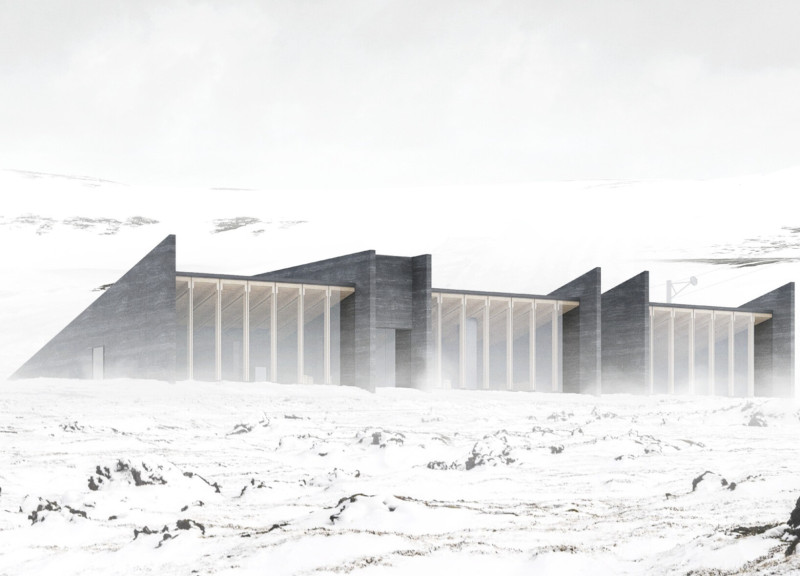5 key facts about this project
The design adopts a contemporary architectural language that utilizes clean lines and a cohesive material palette, ensuring integration with the surrounding urban fabric. The facade is characterized by a careful arrangement of windows and openings, which not only enhances the visual interest of the structure but also maximizes natural light infiltration. This strategic design choice underlines the importance of sustainability, allowing occupants to benefit from passive lighting and reducing reliance on artificial sources.
The project's layout is meticulously crafted to facilitate movement and accessibility. Wide corridors and clear sight lines contribute to a welcoming atmosphere, ensuring that users can navigate the premises with ease. Additionally, the careful positioning of communal areas encourages interaction among occupants, promoting a sense of community and shared experience.
One of the unique aspects of this architectural endeavor is its commitment to incorporating sustainable materials. The project employs locally sourced materials, reducing transportation impact and supporting the regional economy. Notable materials include reclaimed wood, which offers warmth and texture to the interior spaces, and high-performance glass, which not only provides thermal efficiency but also enhances the aesthetic quality of the building. Concrete is utilized for its durability and versatility, forming the structural backbone while allowing for innovative design possibilities.
The integration of green spaces is another hallmark of this project. Roof gardens and landscaped terraces serve not only as recreational areas but also as vital elements of the building's environmental strategy. These areas provide habitats for local wildlife and contribute to the overall biodiversity of the urban landscape, reinforcing the project's commitment to ecological sustainability.
The project also thoughtfully incorporates advanced technology to enhance functionality and user experience. Smart building systems are integrated to monitor and optimize energy use, ensuring that the architecture operates efficiently. This innovative approach aligns with contemporary trends in architectural design, where the focus is increasingly on the balance between aesthetic appeal and environmental responsibility.
In terms of architectural plans, the layout effectively illustrates the carefully planned organization of spaces, where each element serves a specific function while contributing to the overall coherence of the design. The architectural sections provide insights into the spatial relationships within the building, revealing how different levels interact and the flow of movement between them. Architectural designs emphasize both individual privacy and communal engagement, resulting in a well-rounded spatial experience.
This project stands out for its thoughtful approach to contemporary needs, positioning itself as a model for future developments. Potential visitors and stakeholders are encouraged to delve deeper into the project's presentation to uncover additional insights, including detailed discussions on architectural plans, architectural sections, and innovative architectural ideas that underscore its design ethos. By exploring these aspects, one can gain a fuller understanding of how this project represents a forward-thinking move in modern architectural practice, one that harmonizes functionality with aesthetic integrity.


























